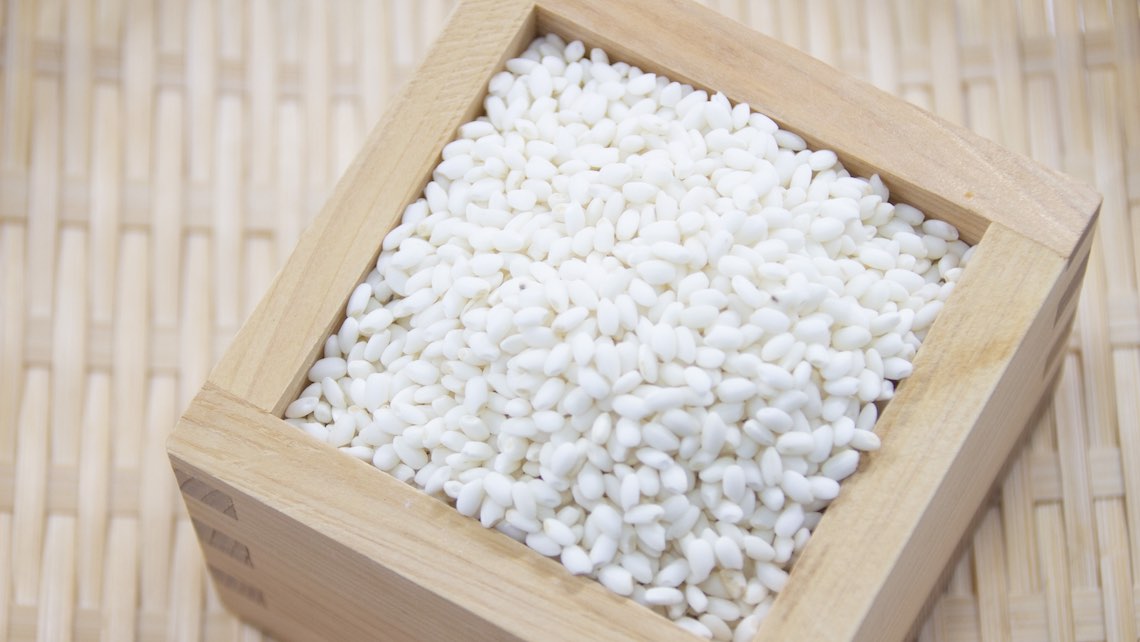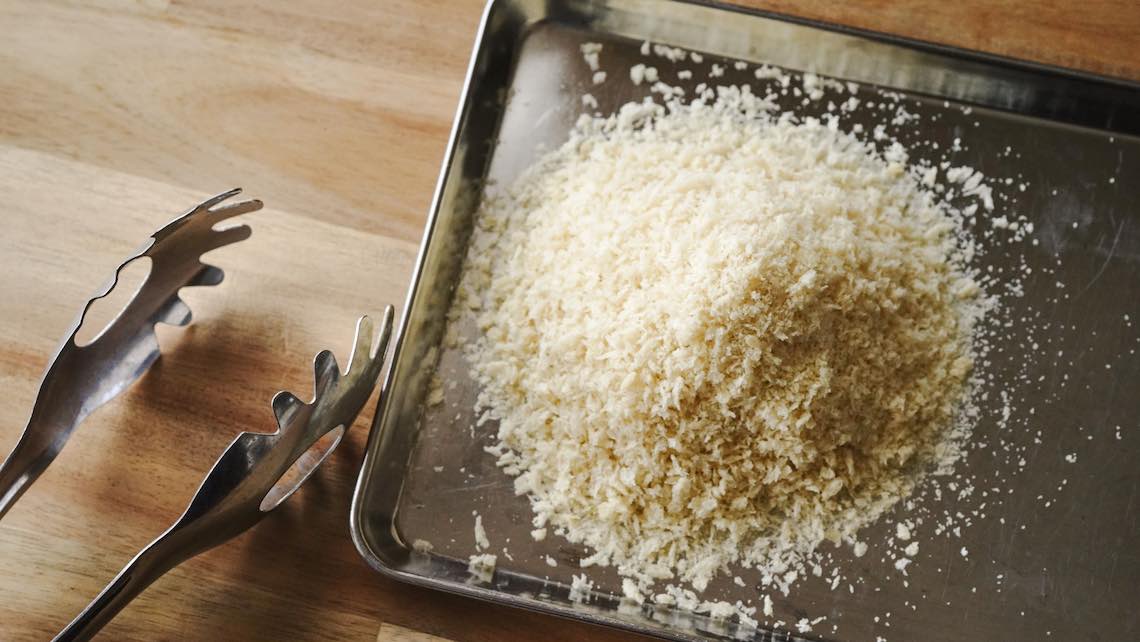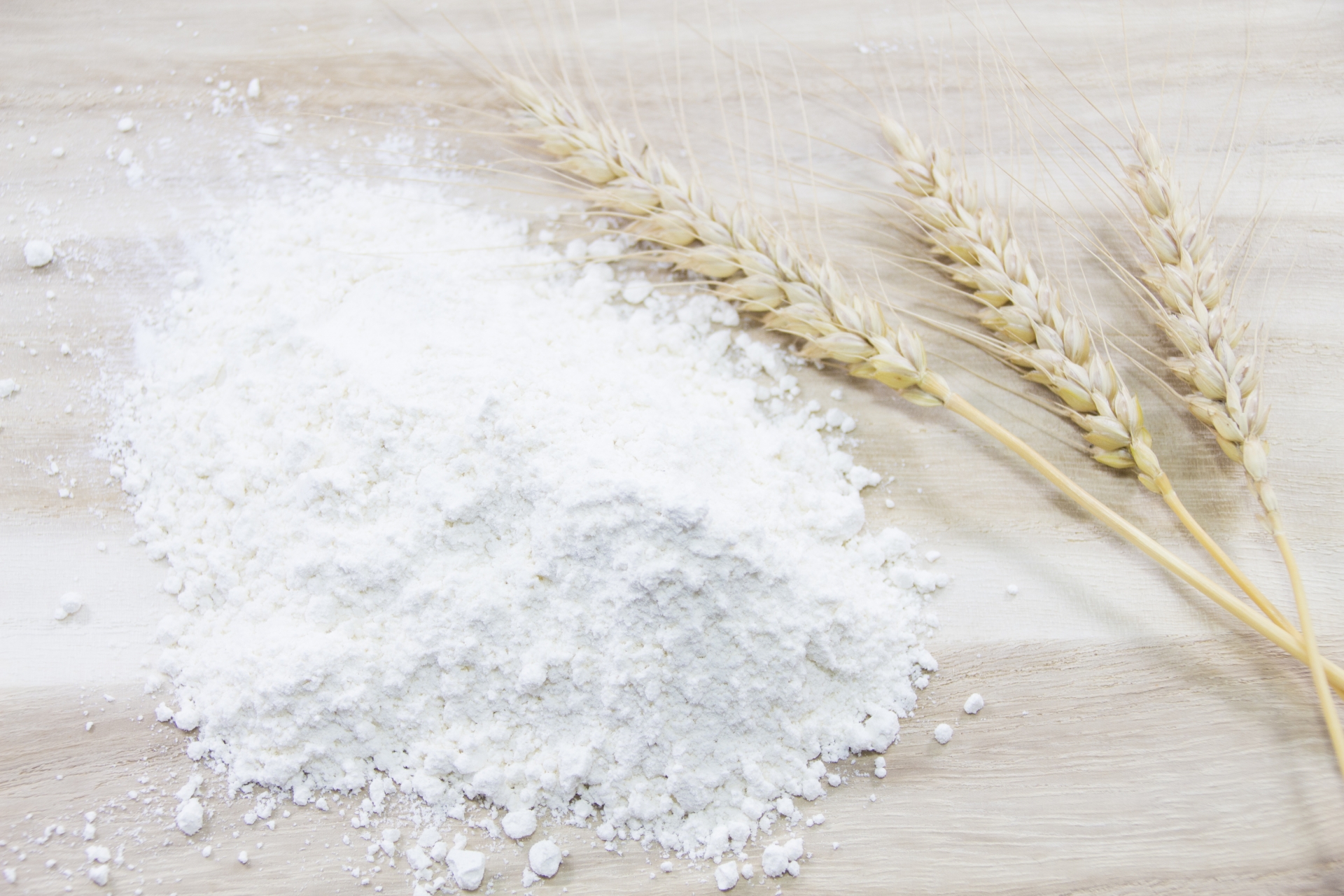Glutinous Rice [Mochigome]

Japanese Name and Pronunciation:

[mochigome]
Japanese mochigome, or glutinous rice, holds a special place in Japanese cuisine and culture. It is a specific type of short-grain rice known for its sticky and chewy texture when cooked. Mochigome is primarily used to make mochi, a traditional Japanese rice cake.
The cultivation of mochigome in Japan dates back centuries, and it is grown in various regions across the country. The unique characteristics of mochigome, such as its high starch content, contribute to the desired sticky consistency required for making mochi.
To prepare mochigome, the rice is first soaked in water and then steamed or cooked. Once cooked, it is traditionally pounded with wooden mallets in a mortar called a usu, until it becomes a smooth and elastic dough.
Mochi holds great cultural significance in Japan and is enjoyed in various forms and flavors. It can be eaten plain or filled with sweet or savory fillings, such as sweet bean paste, kinako (roasted soybean flour), or even fresh fruit. Mochi is a staple during celebratory events and festivals, symbolizing good luck, longevity, and togetherness.
The unique texture and taste of mochigome make it a versatile ingredient beyond mochi itself. It is also used in other traditional dishes like sekihan (festive red rice), ozoni (New Year’s soup), and dango (rice dumpling). Its sticky nature also adds a pleasant chewiness to various modern desserts and snacks.






